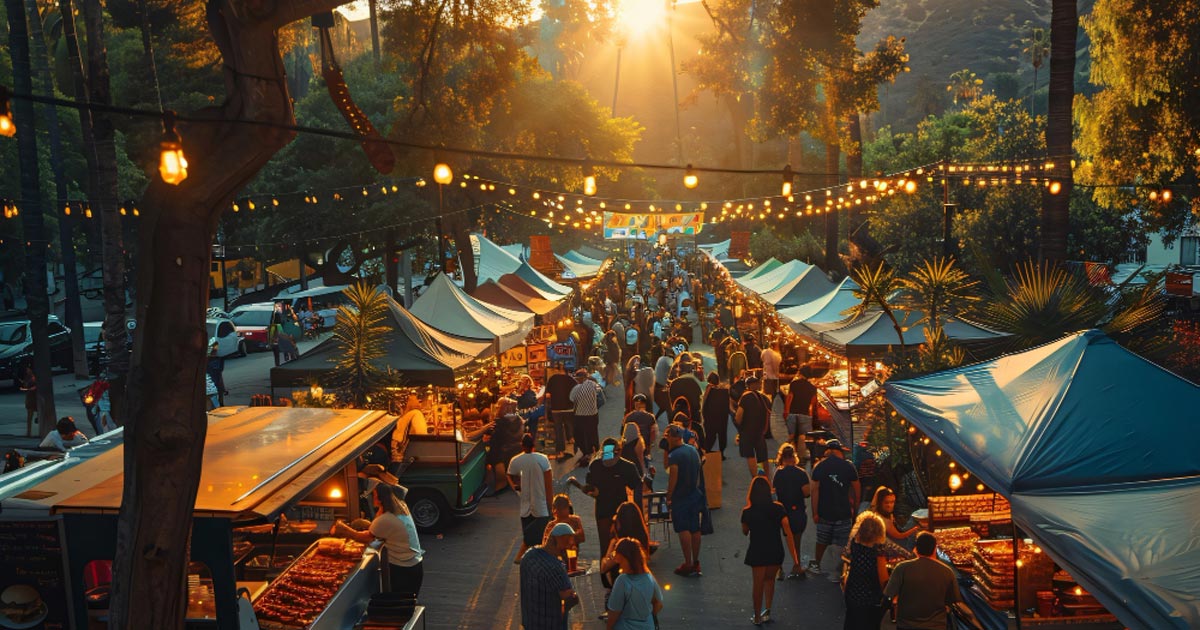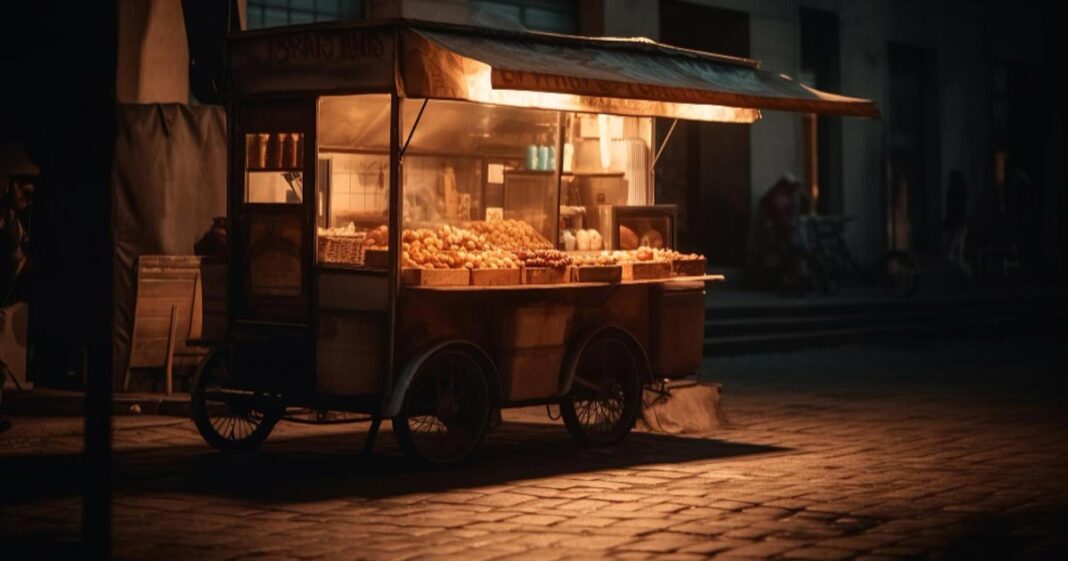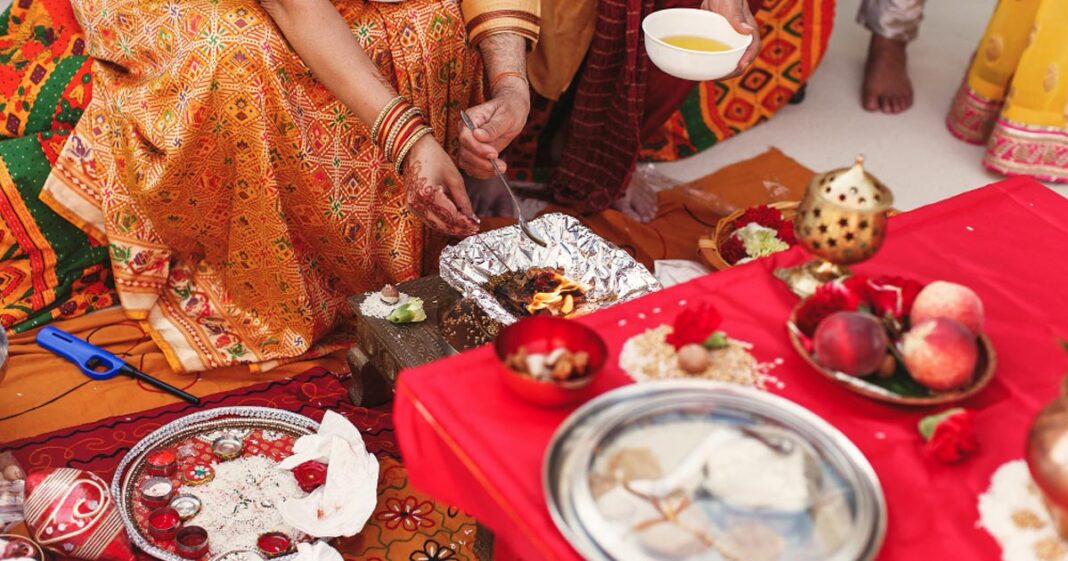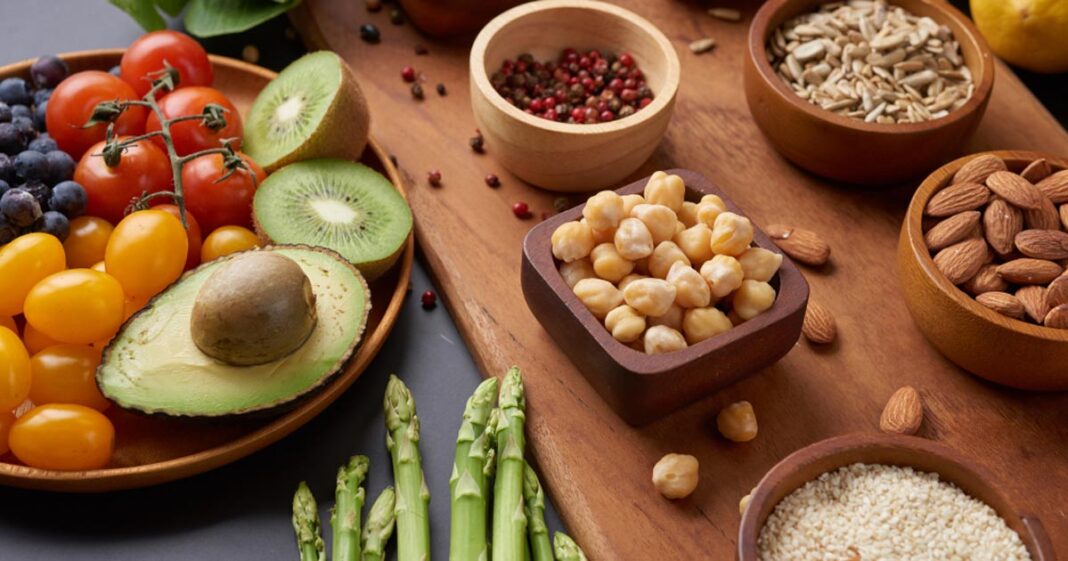
Street food is more than just a quick bite; it’s a cultural phenomenon that connects history, heritage, and innovation. From the bustling lanes of Delhi to the night markets of Bangkok, street food has been an integral part of human civilization, evolving from simple roadside meals to gourmet delights celebrated worldwide. In India, street food is not just a culinary experience but a way of life, with numerous vendors achieving fame and even recognition at international levels.
The Origins of Street Food: A Global Perspective
The concept of street food dates back to ancient times. Archaeological evidence suggests that vendors in ancient Greece and Rome sold fried fish and bread to passersby. In China, roadside stalls were popular during the Han Dynasty, serving dumplings and noodles to laborers. The Middle East has long been known for its street food culture, with dishes like falafel and kebabs being sold in souks for centuries.
India, too, has a rich street food heritage. From the Mughal-era kebabs to the Portuguese-inspired pav bhaji, every region has a unique street food history shaped by trade, migration, and colonization.
India’s Most Iconic Street Foods and Their Origins
- Pani Puri (Golgappa) – A Legacy of the Mahabharata?
Pani Puri, known as Golgappa in North India and Puchka in Bengal, has a legendary history. Some believe it dates back to the Mahabharata, when Draupadi was challenged to create a meal with minimal ingredients. The crispy puris filled with tangy tamarind water have since become a favorite across the country.
- Vada Pav – The Mumbai Staple
Dubbed as the Indian burger, Vada Pav originated in the 1960s when a street vendor, Ashok Vaidya, started selling deep-fried potato dumplings in a bun outside Dadar railway station in Mumbai. It quickly became a staple for workers and students. Today, it is one of Mumbai’s most famous street foods, even inspiring gourmet versions in international restaurants.
- Dosa – From Temples to Street Carts
Originating from Tamil Nadu, dosa was initially a temple food served in South Indian households. Its transformation into a street food delicacy was fueled by its adaptability, with vendors experimenting with cheese, paneer, and even Chinese-style fillings.
- Kathi Roll – Kolkata’s Gift to the World
The famous Kathi Roll, a wrap stuffed with spiced meat or paneer, was invented in the 1930s at Nizam’s, a popular eatery in Kolkata. The roll was originally served as a quick meal for busy office-goers and has now become a global sensation.
Success Stories: From Street Vendors to International Fame
While street food is often associated with humble beginnings, many vendors in India have transformed their roadside stalls into flourishing businesses. Some have even been recognized on international platforms.
Anand Mahindra’s Recognition of a Vada Pav Vendor
In 2020, industrialist Anand Mahindra tweeted about a street food vendor, Ashok Vaidya’s family, whose Vada Pav stall had been serving Mumbaikars for decades. This gesture brought widespread attention to the small vendor, leading to increased business and recognition.
The Idli Amma Story: Awarded by the Government
In Tamil Nadu, an elderly woman known as ‘Idli Amma’ (Kamalathal) became famous for selling idlis at just one rupee to the underprivileged. Her selfless service caught the attention of industrialists and government officials, who later awarded her a free gas stove and better cooking facilities.
Jayaram Banan’s Sagar Ratna – From Roadside to Restaurant Chain
Jayaram Banan, originally a street food vendor selling South Indian delicacies, founded Sagar Ratna, one of India’s most renowned South Indian restaurant chains. His journey from a simple street food stall to a nationwide business is an inspiration to many aspiring entrepreneurs.
Awards and International Recognition for Indian Street Food
Indian street food has been recognized globally, with many vendors receiving prestigious accolades.
- In 2019, Swati Snacks in Mumbai, famous for its Panki and Sev Puri, was listed among Asia’s 50 Best Restaurants.
- The Michelin Guide, which is known for rating fine-dining restaurants, featured The Bombay Canteen, an eatery that draws inspiration from Indian street food.
- Kesar Da Dhaba in Amritsar, known for its legendary Dal Makhani, has been frequented by food critics worldwide, earning mentions in The New York Times and other international newspapers.
The Evolution of Street Food in the Modern Era
With changing times, street food is not just a roadside affair but has entered malls, food festivals, and even luxury dining experiences. Entrepreneurs are experimenting with fusion dishes like ‘Tandoori Momos’ and ‘Butter Chicken Pizza.’ Food delivery apps have further revolutionized the street food industry, allowing vendors to reach a wider audience.
Moreover, hygiene and safety concerns have led to initiatives like the ‘Clean Street Food Hub’ project by FSSAI, ensuring vendors adhere to cleanliness standards.
Conclusion: Street Food as India’s Cultural Ambassador
Indian street food is not just about flavors; it’s about history, community, and resilience. It reflects centuries of culinary evolution and continues to be a source of livelihood for millions. With global recognition and innovative adaptations, street food remains a vital part of India’s cultural identity. Whether you savor a plate of spicy chaat in Delhi or bite into a piping hot Vada Pav in Mumbai, each dish tells a story of tradition, survival, and success.
As we celebrate street food, we must also recognize and support the vendors who bring these flavors to life every day. After all, every plate served on the street has a history worth savoring!





